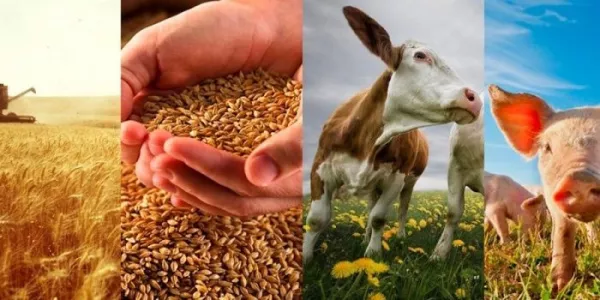The agro-industrial complex remains more stable, unlike other sectors of the economy and GDP in general, which will show negative dynamics at the end of the year against the background of the imposed sanctions. “The growth estimate for this year is almost 5%, in 2023, most likely, there will also be no minus. And then the village can grow faster. But this means the agro-industrial complex, including the food industry," Andrey Klepach, Chief Economist, Chairman of the Board of Trustees of VEB.RF, said at the conference "Agro Outlook Russia - 2022: medium-term forecast for agricultural markets".

According to him, in the coming years, the main driver for the development of the industry will most likely be the domestic market.
“Expert forecasts for the harvest of wheat are closer to 100 million tons, the potential for its export is under 60 million tons, despite duties and government efforts to limit exports, not increase them,” he said. However, the problem is “where to export?”, he added. “The way to Europe is closed to us. Traditional grain buyers - the Near and Middle East, North Africa - are unlikely to increase their purchases by several times. Increasing supplies to China and Southeast Asia will be quite difficult. Export is unlikely to be a key driver of agricultural production, Klepach believes. “Although potentially, in the long term, the Russian Federation can make a significant contribution to solving the problem of poverty and hunger in the world.”
Speaking about food prices, he said that next year they could be at the level of this year. At the same time, he did not rule out that prices could go up given the drought, which could affect large grain producers. “But if we talk about the medium-term trend, I think that in the medium term, food prices may decrease, but what happens next is a big question. Most likely, they will increase,” he said, specifying that we are talking about the prospect of 2025-2026.
© Inline LLC 2015-2025. Privacy Policy | Terms of Service